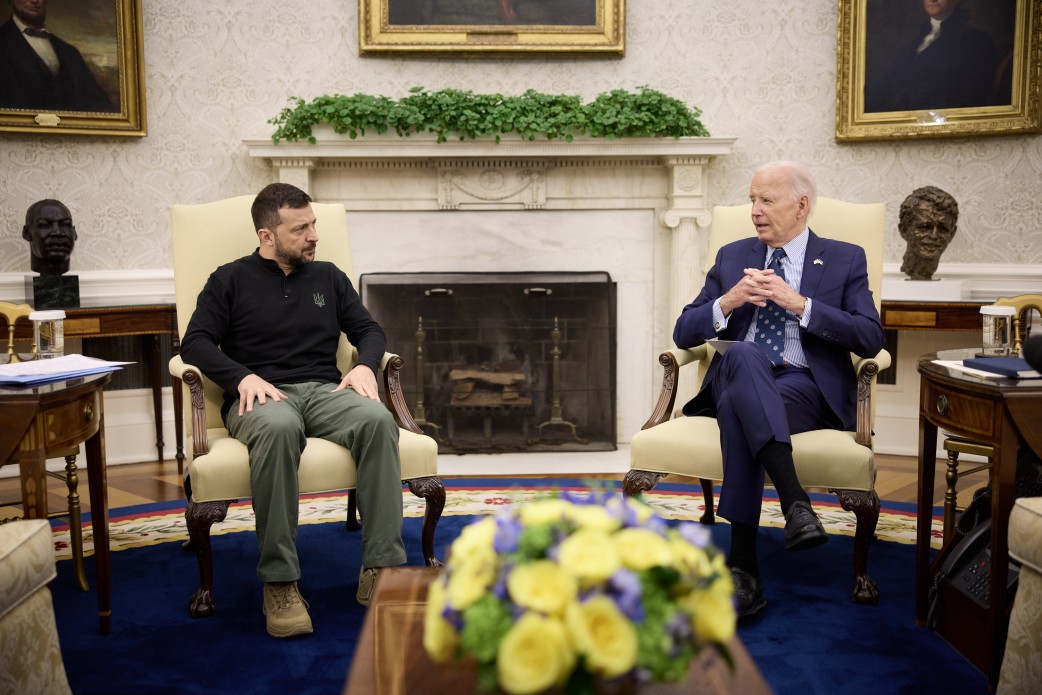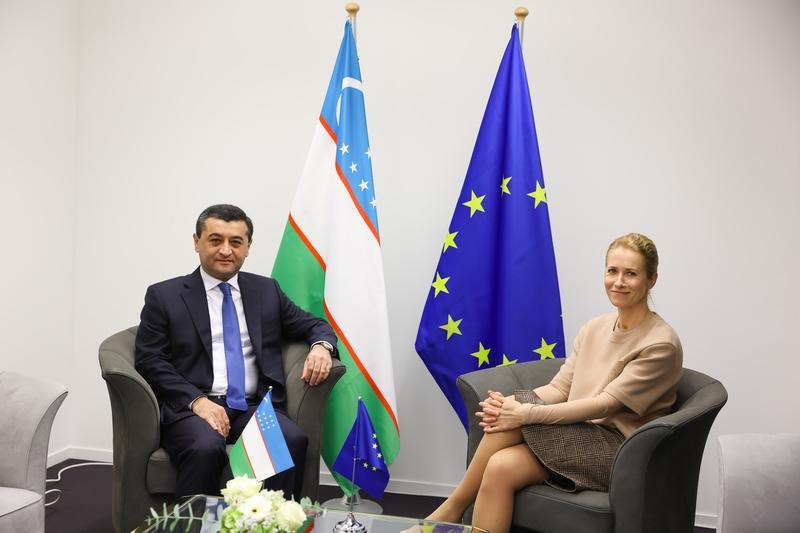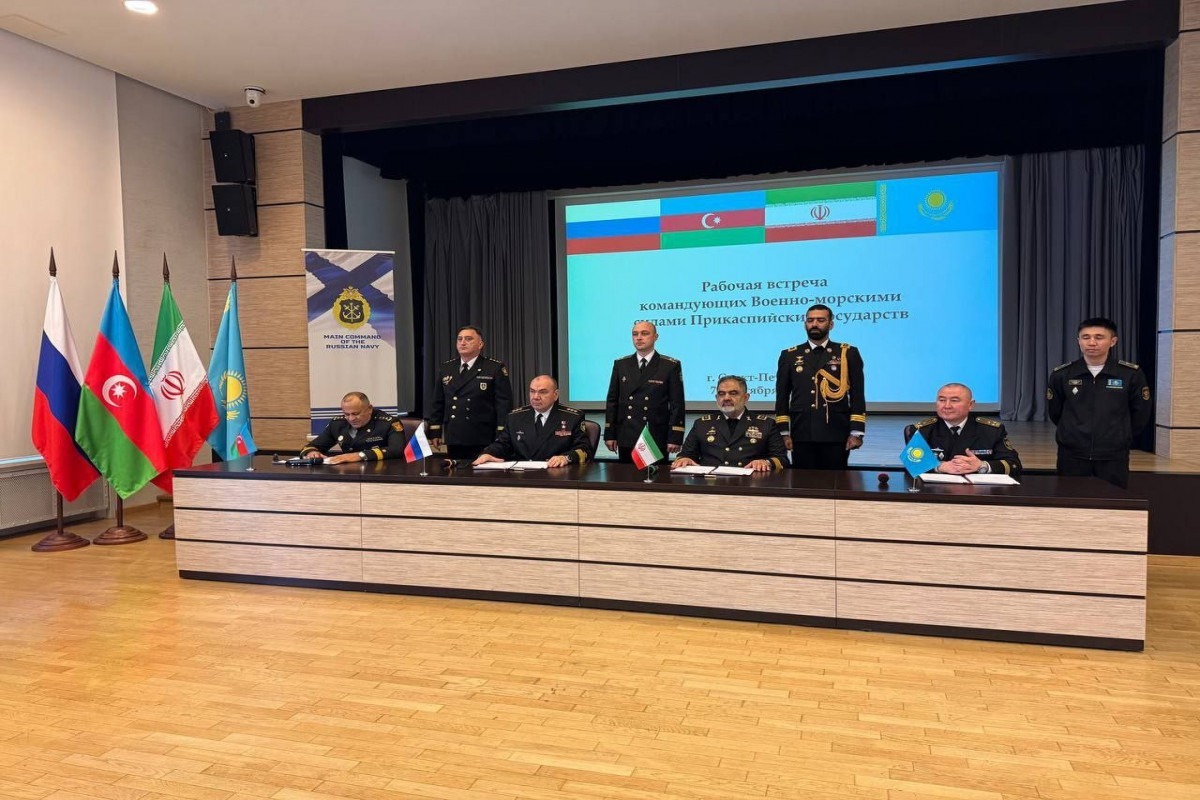
Zelenskyy’s Victory Plan Attempts to Redefine Victory and Defeat
Zelenskyy’s Victory Plan Attempts to Redefine Victory and Defeat
Executive Summary:
- Ukrainian President Volodymyr Zelenskyy presented a “victory plan” to the Joe Biden administration and two US presidential candidates. The plan envisages arming Ukraine adequately for negotiating “peace through strength” with Moscow as well as strengthening economic sanctions on Russia.
- The military situation, damaged energy systems at the onset of winter, and seeming fatigue on the part of some Western partners are causing Kyiv to accept negotiating with Russia. Kyiv has apparently dropped its earlier conditions, namely the withdrawal or eviction of Russian forces from Ukrainian territories, Russian reparations for war damages, and prosecution of war crimes.
- Zelenskyy envisages a three-month timetable for the delivery of Western military aid that would turn the tide of war in Ukraine’s favor and commence negotiations with Russia in the framework of a world peace summit.
Inadequate Western military support is compelling Ukraine to accept negotiating with Russia from a posture of weakness. While the battlefield situation seems sustainable for the time being, despite local reverses, Russia’s relentless air strikes on Ukrainian energy supply systems at the onset of winter add an element of urgency to domestic political challenges. In Washington and other capitals, meanwhile, proposals are multiplying for negotiations to “end the war” whereby Russia would retain the Ukrainian territories it has seized. Some of Ukraine’s Western partners hope to see Russia join a peace summit before the end of this year.
Ukrainian President Volodymyr Zelenskyy has responded by launching his own plan for a negotiated outcome, dubbed the Victory Plan. It is designed, in part, to preempt outright defeatist proposals from being tabled by other parties. Zelenskyy presented this plan to US President Joe Biden, presidential candidates Vice President Kamala Harris and former President Donald Trump, and the G7+ leaders during his recent visit to the United States (Ukrinform, September 28).
The basic document is due to be released during the coming weeks or months, although some parts will even then be kept confidential, according to Presidential Office chief Andrii Yermak (Ukrinform, September 30). Some major elements of the plan can, nevertheless, be pieced together from fragmentary public statements made by Zelenskyy and his top aides.
The plan’s declared goal is to enlist Western military support for “compelling Russia” to negotiate an end to the war that would amount to a “just and sustainable peace” for Ukraine. This logic formally mirrors that of the Biden administration from 2022 to date, namely, providing Ukraine with limited levels of military support that would merely improve Kyiv’s position in eventual negotiations with Russia. The administration’s logic is a defeatist one inasmuch as it presupposes negotiations based on frontlines cutting across Ukraine, in effect predetermining the country’s partition.
What is publicly known of Kyiv’s plan marks a substantial retreat from previous positions. From September 2022 to date, Ukraine ruled out negotiations with Russia in general and with the Kremlin in particular for as long as Russia occupied Ukrainian territories (see EDM, October 5, 2022). Those were, in effect, Ukrainian preconditions to negotiating with Russia. A negotiated outcome, in Kyiv’s view, had to entail Russian reparations for war damages and prosecution of war crimes committed during Russia’s aggression. Kyiv’s recent public statements no longer explicitly mention those preconditions and outcomes. Ukraine’s Western partners had supported reparations and prosecution for some time but are currently soft-pedaling those items.
Kyiv aims to have its victory plan accepted by Western partners and its implementation launched “this autumn”—a timeframe reflecting Kyiv’s sense of military urgency and need to encourage the nation to endure harsh winter conditions. During and following their US visit, Zelenskyy, Yermak, and a few of their aides have hinted at the following elements within the victory plan:
- Arming Ukraine with advanced weaponry prioritizing long-range missiles, electronic warfare equipment, air defense systems, and artillery shells. Allowing Ukraine to strike military targets deep inside Russia with Western-supplied weapons at their maximum range. Helping Ukraine to fully equip all the available combat brigades.
- Using Russian frozen assets in the West to support Ukraine’s defense against Russia’s aggression. Finalizing a political decision in that regard and agreeing on an implementation mechanism.
- A clear promise, ahead of any negotiations, to invite Ukraine to join the North Atlantic Treaty Organization (NATO) “after the end of the war.”
- Some form of Western security guarantees as an interim solution, stronger than the bilateral security agreements recently signed by NATO member states with Ukraine and pending Ukraine’s eventual accession to NATO.
- Calling a second “world peace summit,” this time with Russia’s participation, in November this year, following up on the first such summit that Switzerland hosted in June this year without Russia’s participation (President.gov.ua, September 24, 29, October 1, 2; RBK-Ukraine, September 30).
Kyiv professes hope that the October meeting of the US-led Ramstein Group at the level of heads of state and government would arm Ukraine properly for regaining some territories ahead of any negotiations with Russia. This would presuppose a major policy change in Washington. The existing policy does not lead to negotiating “peace through strength” as Kyiv sees it.
Meanwhile, the Biden administration and the German government are the leading opponents of inviting Ukraine to join NATO. The White House adopted this position publicly in May 2021, before Russia’s all-out invasion of Ukraine. Expecting this administration or Berlin to reverse their position any time soon on Kyiv’s victory plan timeframe appears unrealistic. Kyiv’s victory plan indirectly concedes this by seeking Western interim security guarantees outside NATO. By the same token it implies that the bilateral security agreements fall short of providing reliable security guarantees (see EDM, August 6, 7, and 14 [1], [2]).
Zelenskyy’s plan aspires to levels of US and European military support that would turn the tide of the war in Ukraine’s favor, even if not regaining the Russian-occupied territories in their entirety.
A war outcome that would leave Ukrainian territories under Russian occupation, the country devastated economically and demographically, the rump Ukraine stranded outside NATO, and Western partners instead of Russia funding Ukraine’s reconstruction, would add up to Russia’s victory. Kyiv’s declared goal, however, is a “just and sustainable peace.” This formulation allows Kyiv and its Western partners some leeway for redefining the notions of victory or defeat according to political necessity.


